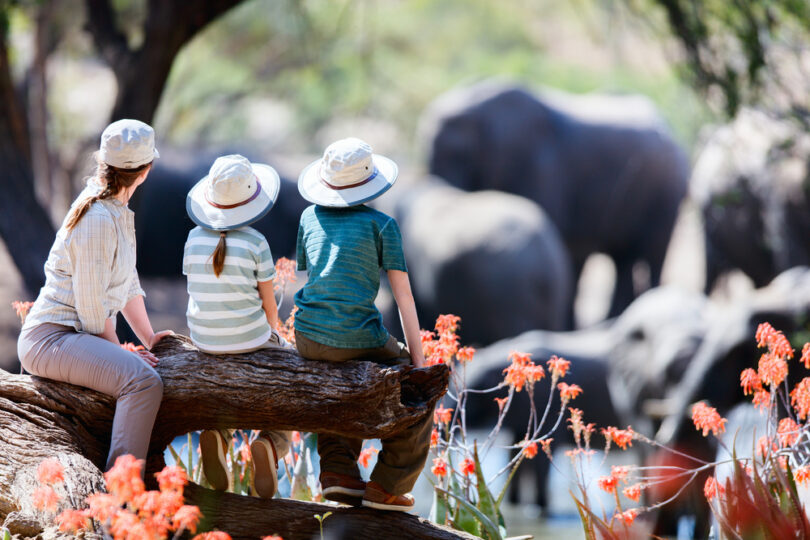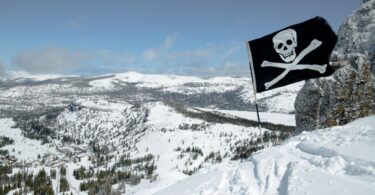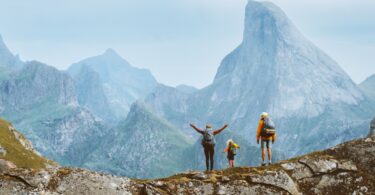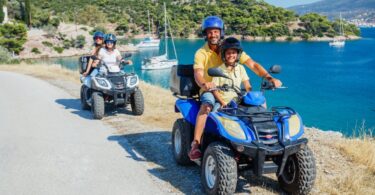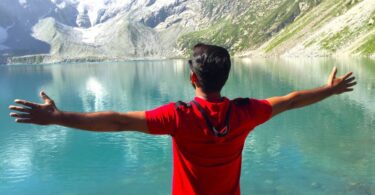An African safari is more than just a vacation. It’s an experience that immerses you in some of the most awe-inspiring landscapes and wildlife encounters on Earth. Whether you dream of watching lions stalk their prey on the...
Category - LIFESTYLE
What are the reasons you travel and who do you travel with? Whoever you are, there’s an adventure out there waiting to happen.




